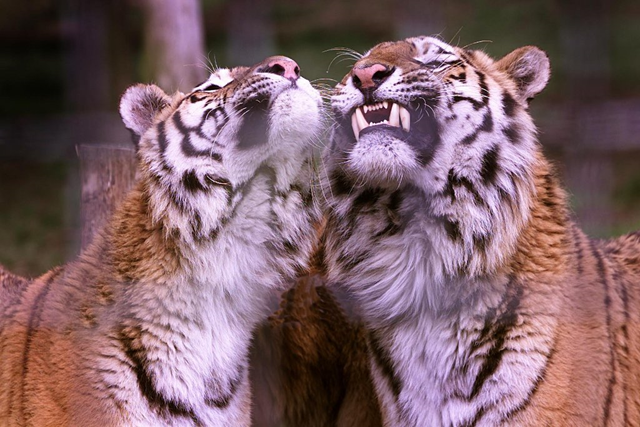Amur tigers in population crisis – Effective genetic population is less than 14 animals
By Victoria Gill
Science and nature reporter, BBC News The effective population of the critically endangered Amur tiger is now fewer than 14 animals, say scientists. Approximately 500 Amur tigers actually survive in the wild, but the effective population is a measure of the genetic diversity of the world’s largest cat. Very low diversity means any vulnerability to disease or rare genetic disorders is likely to be passed on to the next generation. So these results paint a grim picture for the tiger’s chance of survival. The findings are reported in the journal Mammalian Biology. The Amur tiger, or Siberian tiger as it is also known, once lived across a large portion of northern China, the Korean peninsula, and the southernmost regions of eastern Russia. During the early 20th Century, the Amur tiger was almost driven to extinction, as expanding human settlements, habitat loss, and poaching wiped out this biggest of cats from over 90% of its range. By the 1940s, just 20 to 30 individuals survived in the wild. The new study has identified that this recent “genetic bottleneck” – when the breeding population of tigers was so critically low – has decimated the Amur tiger gene pool. … Genetically speaking, the Amur tiger has not recovered from this. “Our results are the first to demonstrate a quite recent genetic bottleneck in Siberian tigers, a result that matches the well-documented severe demographic decline of the Siberian tiger population in the 1940s,” the researchers wrote in the paper. “The worryingly low effective population size challenges the optimism for the recovery of the huge Siberian cat.”
